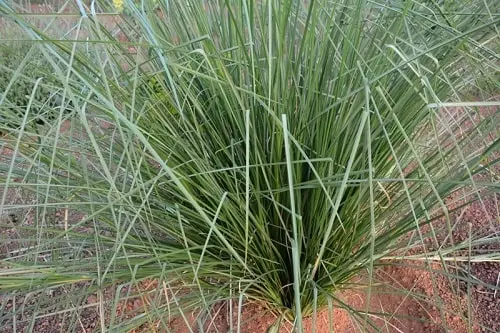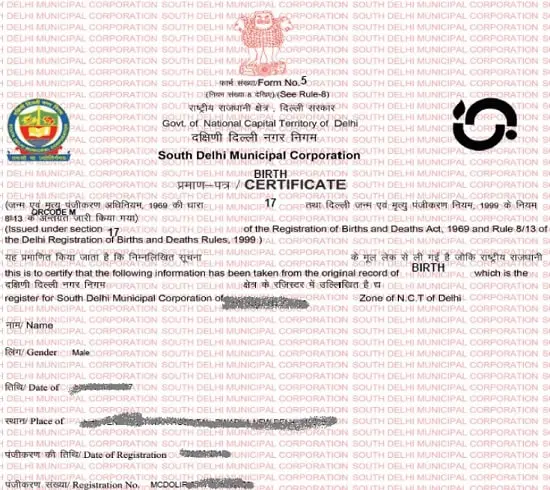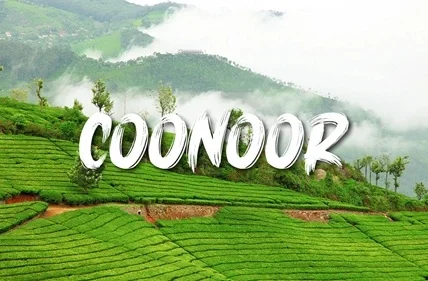Darbha aka Munja or Kusha grass is a historically and mythologically significant grass in Hindu, Buddhism, and some other religions around the globe. Many say that there is something different and magical about this grass and that’s why it is so important. If that makes you curious and you wanna identify and find this grass for a good look or thorough examination, then you are at the right place. That’s because here we will be going over how to identify Darbha grass easily. So let’s get down to it then, shall we?
Historical and Mythological Aspects Behind Darbha Grass
This isn’t just any ordinary patch of green. This grass comes with some epic tales from way back. And whether you’re into history or myths, Darbha grass is something you’ll love. So, first things first, there’s a big-time connection between Darbha Grass and Lord Vishnu. This link is so cool that many believe just touching this grass can pure-fy (yeah, made that word up) whatever it comes in contact with. Legend has it that Darbha made its grand entrance from the cosmic dance when the ocean of milk got all stirred up. And it also has an association with Amrita which came out after that cosmic dance aka Amrit Manthan.
And for all the Buddhist pals out there, this grass is super special too. Here’s a fun fact, Sakyamuni Buddha is said to have reached that “aha!” moment (you know, enlightenment) while chilling on a mat made of Darbha Grass. Yup, that’s right! This simple grass holds so much power and importance that it’s loved and revered across different faiths.
How To Identify Darbha Grass Easily?

Well for that, just keep in mind the following points and you’ll know which path of green is Darbha grass and what isn’t.
- The Habitat
Ever walked past damp or soggy grounds? Maybe areas that are a bit marshy and have water puddled up? Well, that’s where the Darbha Grass loves to chill! If you’re around low-lying areas that look like they’ve seen a good amount of water, keep your eyes peeled.
- The Height
You won’t find this grass towering over others, but it isn’t super short either. Imagine an average-sized ruler; that’s about how tall the Darbha Grass usually is. If you spot grasses standing roughly two feet tall, you might be onto something!
- The Appearance
Darbha Grass is usually thin and sleek with a style statement of a pointy top.
- Texture
Now, here’s where you want to be a bit careful. While it may look harmless, Darbha Grass has a bit of an attitude. It’s super rough to touch. Imagine the rough side of a sponge or scrubber. That’s it!
What Are The Latest Discoveries About Darbha Grass?
So, you know how science often gets its inspiration from nature? This is one of those moments. A group of smart folks from SASTRA University got curious about Darbha Grass. When they took a closer peek using some fancy equipment called electron microscopy, they stumbled upon these amazing tiny patterns, which we’ll call “nano-patterns” (because they’re super, super small). What’s even cooler? These nano-patterns weren’t found in other types of grass. Just imagine, out of all the different grasses, only Darbha Grass has these special patterns. Now, you might be wondering why these patterns are a big deal. Well, it’s these unique structures that make Darbha Grass special and give it a bunch of uses that other grasses just can’t compete with.
Wrap Up
There you have it. Now you know why Darbha grass is so special, and most importantly, you know how to identify it without any issues. So yeah, go out there and test out your new botanical skills.
| Related Topics |
| How To Identify Original Kasturi Manjal |
| How To Identify Shami Plant |
| How To Identify Original Shilajit |
| How To Identify Original Shakha Pola |

Santosh Kumar is an editor at unfoldstuffs.com and a professional content writer. With years of experience he is passionate for creating engaging, informative and impactful topics.









